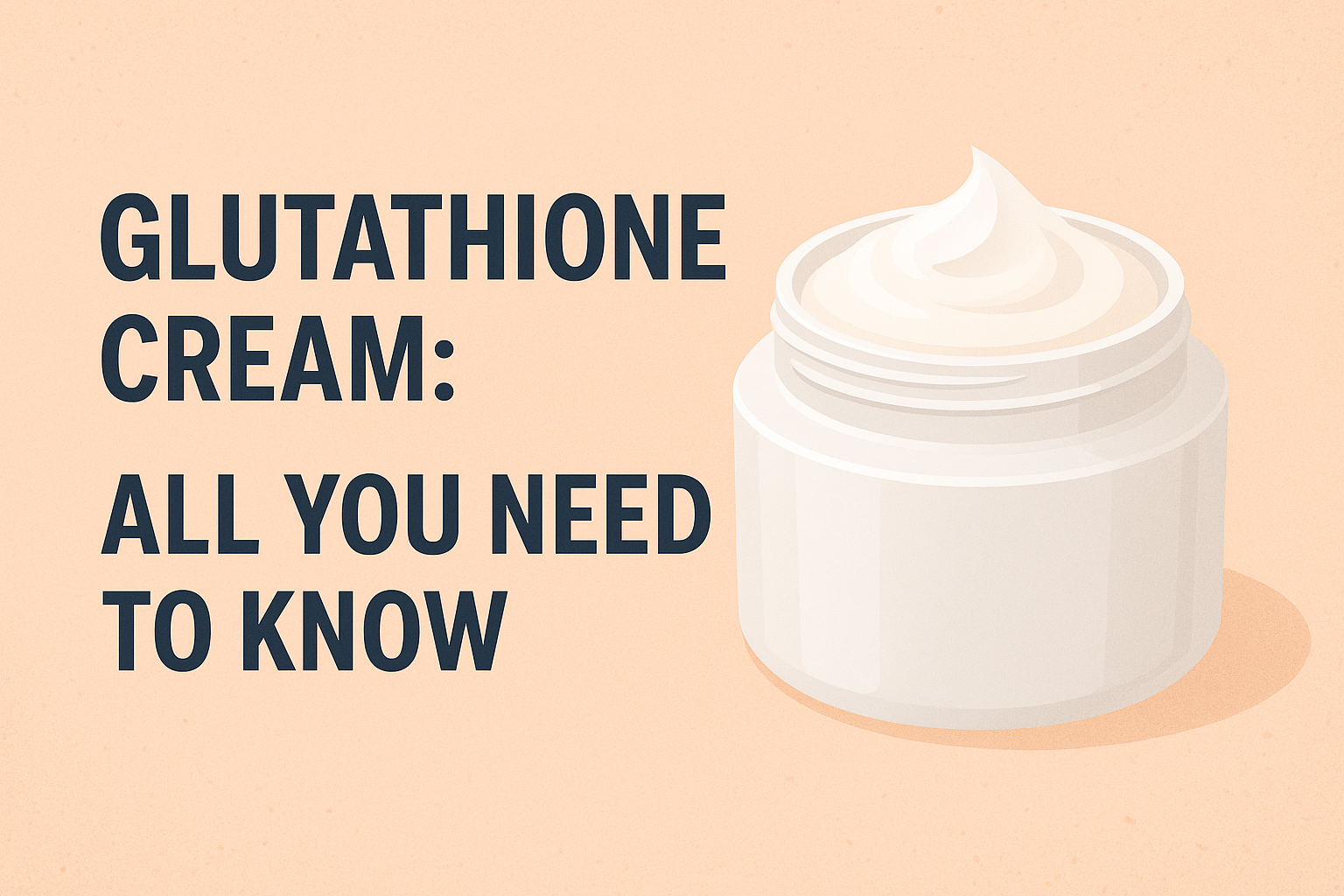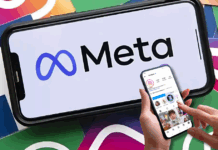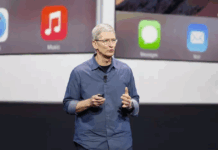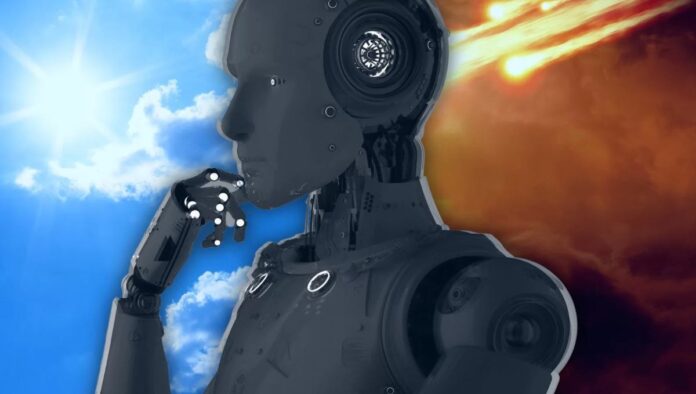Artificial Intelligence (AI) has changed how we live, work, and think. It’s everywhere; from our smartphones to our cars, slowly taking over one step at a time. Some say AI is a blessing while others believe it’s a curse. In reality, it’s both. Let’s explore how AI is both saving and sabotaging the world at the same time.
AI as the World’s Lifesaver
- Revolutionizing Healthcare
AI is transforming healthcare like never before. It can detect diseases faster than doctors. For example, AI tools can identify cancer in early stages. This saves countless lives and helps develop new drugs. Machine learning analyses data and predicts outcomes, which speeds up research and makes treatments accessible.
Moreover, AI-powered chatbots assist patients with basic health advice. They answer questions and guide people to the right resources. In areas where doctors might not be available, AI can bridge gaps and save lives.
- Enhancing Education
AI is making education more personalised, by analysing students’ strengths and weaknesses. Platforms like Duolingo or Khan Academy use AI to adapt lessons for each student. This improves learning outcomes.
Not only students, but teachers benefit too. AI helps grade assignments and track student progress. It saves time for teachers, allowing them to focus more on teaching. Furthermore, for students with disabilities, AI provides tools like speech recognition and text-to-speech software.
- Boosting Business Efficiency
In business, AI increases productivity. It automates repetitive tasks, saving time and money. Chatbots handle customer queries 24/7. This improves customer satisfaction and reduces workload.
AI also analyses market trends. It predicts customer behaviour and helps companies make smarter decisions. In manufacturing, robots powered by AI streamline production lines. They reduce errors and speed up production.
- Fighting Climate Change
This might sound surprising but AI is also helping combat climate change. It monitors carbon emissions and tracks deforestation. AI tools predict natural disasters like floods or wildfires, allowing governments to prepare and save lives.
Smart grids powered by AI optimise energy use, reduce waste and promote renewable energy. Drones equipped with AI can plant trees in deforested areas, making AI a powerful ally in environmental protection.

Read more: Artificial Intelligence is Reshaping Talent and Skills Opportunities in Accountancy
AI as the World’s Saboteur
- Job Displacement
Despite its benefits, AI threatens jobs. Many tasks once done by humans are now automated. Factory workers, cashiers, and even writers face the risk of replacement.
This creates economic inequality. While some people gain high-paying AI-related jobs, others lose their livelihoods. As a result, governments struggle to retrain workers and create new opportunities.
- Privacy Concerns
AI collects massive amounts of data. Social media platforms, apps, and smart devices track our every move. This raises serious privacy issues. Companies use this data to target ads. However, sometimes, they misuse it without consent.
Governments also use AI for surveillance. In some cases, this helps prevent crime, but it can also invade personal freedoms. Citizens fear a world where they’re constantly watched.
- Bias in AI Systems
It is important to understand that bias does not spare AI from its claws. The AI decisions get influenced too because of the inherently biased data it is trained upon. For example, some hiring algorithms tend to favour a particular gender or race, thus reinforcing discrimination.
It also finds itself in great trouble with ethical dilemmas. Some examples of these are self-driving vehicles, which have to decide whom to save in an accident. The solutions to such moral dilemmas remain unresolved.
- Spreading Misinformation
AI makes creating fake content easy, which is extremely dangerous due to a myriad of reasons. Deepfake videos and AI-generated images look real and spread false information. These pictures are often used in a malicious manner and can be seriously detrimental to an individual’s mental health and place in society.
- Dependence on AI
As we rely more on AI, we risk losing essential skills. Navigation apps make us bad at reading maps. Autocorrect affects our spelling abilities. Over-dependence on AI could make us less capable humans, and this is only the tip of the iceberg.
Finding a Balance
- Regulating AI Development
Governments and organisations must set rules for AI use. Regulations can prevent misuse and protect privacy. Transparency in AI algorithms is crucial. People should understand how decisions are made.
- Promoting Ethical AI
Developers should focus on ethical AI by removing bias and ensuring fairness. Diverse teams can help create unbiased systems. Regular audits can catch issues early.
- Preparing for Job Shifts
Workers need support to adapt to AI changes. This includes retraining programmes and education in new skills. Governments and companies should invest in creating AI-proof jobs.
- Raising Awareness
People must understand AI’s pros and cons. Awareness campaigns can educate the public. When people know the risks, they can make informed decisions and demand better policies.
Keeping everything in mind, it can be concluded that yes, AI is both a hero and a villain. It saves lives, boosts efficiency, and helps fight global issues. But it also threatens jobs, privacy, and trust. Therefore, to harness its power, we must act responsibly, balancing innovation with regulation, and shaping a future where AI benefits everyone.
Stay tuned to Brandsynario for the latest news and updates.







































